Added Sugars and What They are Adding to Your Health
By Mariely Lopez, a Nutrition Communication Undergraduate at Arizona State University and additional contributions by Arizona Farm Bureau Staff.
Last Friday (May 20th), The White House released the first major update of the Nutrition Facts label for packaged food in more than 20 years, which will include, among other things, a line that states the amount of sugar added to the product during processing.
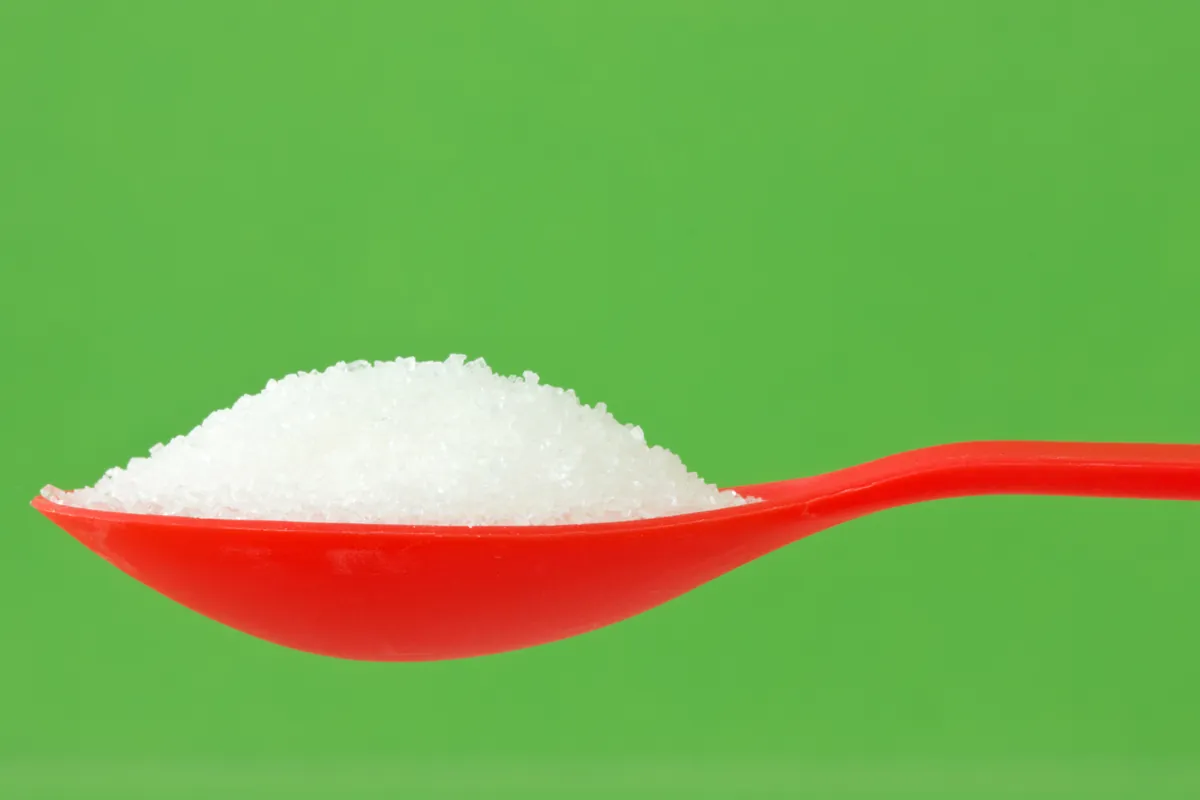
The American Journal of Clinical Nutrition and others had previously advised the U.S. Food and Drug Administration (FDA) to modify the Nutrition Facts Labels to include added sugars. A study conducted by the Journal, dating from 2003 to 2010, where participants were asked to recall their meals within the last 24 hours, concluded that by changing the labeling of foods that contain added sugar, to state that they contain added sugars, will help reduce added sugar consumption.
Currently, Nutrition Facts labels list the ingredients used and often times you can point out the added sugars, however, they do not tell you the amount of sugar added during the manufacturing process of the product. This now changes with the just released updated label requirements.
Adam Drewnowski and Colin Rehm stated, “There are concerns that excessive consumption of added sugars has contributed to the U.S. obesity epidemic. The potential links between intake of added sugars and obesity and other outcomes, including diabetes and cardiovascular disease, have become a matter of public health concern.” There is no doubt that added sugars are one of the key contributors that lead to chronic diseases, such as the ones Drewnowski and Rehm mentioned. Implementing the amounts of added sugars to food labels would increase awareness and will, in turn, help lessen the disease epidemic.
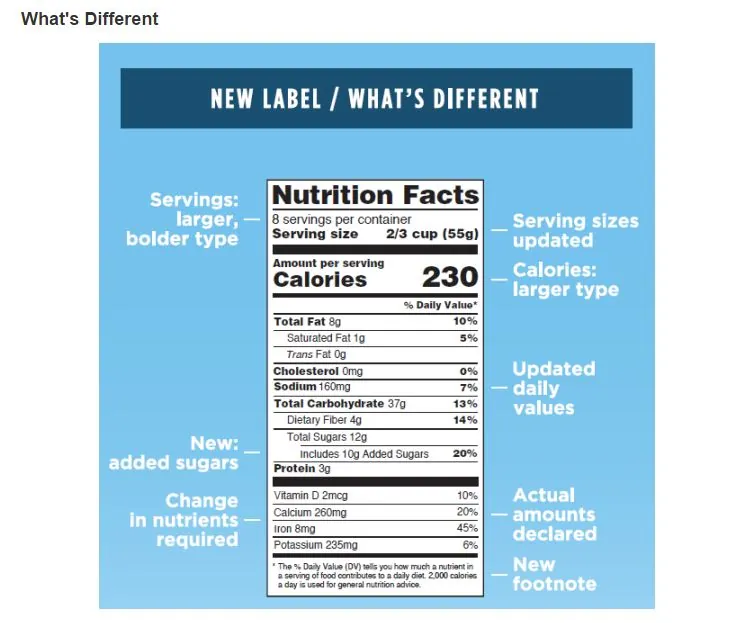
Most Common Products with Added Sugars
MyPlate.com defines Added Sugars as sugar or syrup added to processed foods and/or beverages, excluding any natural sugar found in fruits or milk. The following is a list of foods and beverages that may include added sugars:
- Energy drinks
- Ice Cream (Dairy desserts)
- Cake
- Pie
- Candy
- Donuts
- Soft drinks
Why are They Bad?
As stated above, added sugars are key contributors that may lead to chronic diseases, such as obesity, diabetes, and cardiovascular disease.
Obesity, as we all should be aware, is a growing concern in the United States. More than 68% of adults are considered overweight and about 35% are considered obese, according to Weill-Cornell Medical College research group. Most, of which, is due to the intake of high-calorie products and other contributing factors such as lack of physical activity, according to a study conducted at the New York Presbyterian Hospital. Added sugars, often times are the contributors to food products that are high in calories, for example, soft beverages. Soft beverages use added sugars and are a source of empty calories, which increase one’s chances of becoming overweight and/or obese. Becoming overweight and/or obese is linked to a number of other health complications.
One of the complications that are associated with obesity and high sugar consumption is type II diabetes. Type II diabetes is directly linked to glucose (sugar) levels and the body’s inability to produce insulin. Our pancreas produces insulin that helps maintain normal sugar levels, but over time it loses its ability to maintain our sugar levels at a healthy level due to the fact that we indulge in food products that are high in sugar on a regular basis; Basically our pancreas has trouble keeping up with our overconsumption and can no longer regulate our sugar levels, explains diabetes.org.
Another health complication is cardiovascular disease. Cardiovascular disease is the leading cause of death among older adults and it is due to the plaque build-up in the walls of the arteries. Plaque is made up of cholesterol in combination with fat, calcium, and other substances, according to the American Heart Association. Now, you may be asking yourself, “How is this connected to the amount of sugar I consume?” Well, here’s why: When we indulge in foods that contain high amounts of added sugar our body uses only some of it for energy and the rest is turned into fat. This fat then gets sent to different areas in the body, one of them being our arteries that can lead to cardiovascular disease.
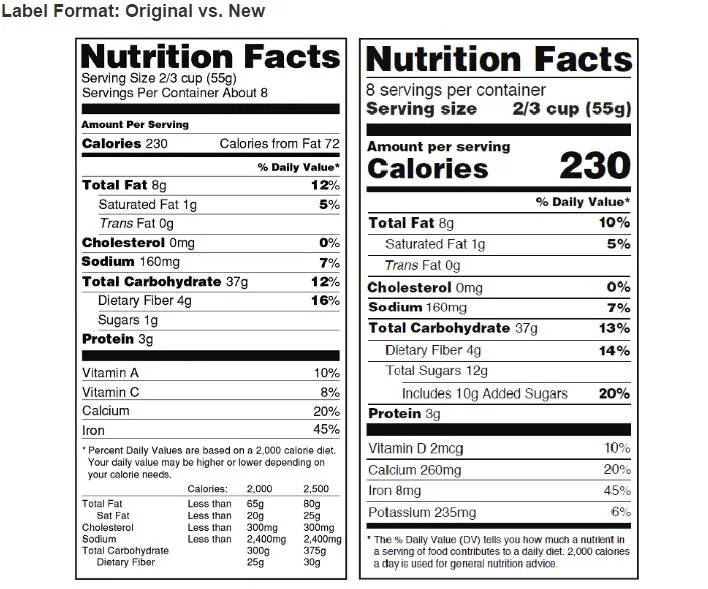
How to Spot Added Sugars
Identifying added sugars in foods and beverages is vital to minimalizing our intake of them. Below you will find a list of the names that are given to the most frequently used added sugars on labels:
- White Sugar
- Brown Sugar
- Honey
- Corn Syrup
- Maple Syrup
- High-fructose Corn Syrup
- Molasses
Beyond newly identify “added sugar” feature of the new labels, the FDA explains the major changes to the Nutrition Facts label include:
- An updated design to highlight “calories” and “servings,” two important elements in making informed food choices.
- Requirements for serving sizes that more closely reflect the amounts of food that people currently eat. What and how much people eat and drink has changed since the last serving size requirements were published in 1993. By law, the Nutrition Labeling and Education Act, requires that serving sizes be based on what people actually eat.
- Declaration of grams and a percent daily value (%DV) for “added sugars” to help consumers know how much sugar has been added to the product. It is difficult to meet nutrient needs while staying within calorie limits if you consume more than 10 percent of your total daily calories from added sugars, and this is consistent with the scientific evidence supporting the 2015-2020 Dietary Guidelines for Americans.
- “Dual column” labels to indicate both “per serving” and “per package” calorie and nutrition information for certain multi-serving food products that could be consumed in one sitting or multiple sittings. Examples include a pint of ice cream and a 3-ounce bag of chips. With dual-column labels available, people will be able to easily understand how many calories and nutrients they are getting if they eat or drink the entire package/unit at one time.
- For packages that are between one and two servings, such as a 20-ounce soda, the calories, and other nutrients will be required to be labeled as one serving because people typically consume it in one sitting.
- Updated daily values for nutrients like sodium, dietary fiber and vitamin D, consistent with Institute of Medicine recommendations and the 2015-2020 Dietary Guidelines for Americans. Daily values are reference amounts of nutrients to consume or not to exceed and are used to calculate the %DV that manufacturers include on the label.
- Declaration of Vitamin D and potassium that will include the actual gram amount, in addition to the %DV. These are nutrients that some people are not getting enough of, which puts them at higher risk for chronic disease. The %DV for calcium and iron will continue to be required, along with the actual gram amount. Vitamins A and C will no longer be required because deficiencies of these vitamins are rare, but these nutrients can be included on a voluntary basis.
- “Calories from Fat” will be removed because research shows the type of fat is more important than the amount. “Total Fat,” “Saturated Fat,” and “Trans Fat” will continue to be required.
- An abbreviated footnote to better explain the %DV.
“For more than 20 years, Americans have relied on the Nutrition Facts label as a leading source of information regarding calories, fat, and other nutrients to help them understand more about the foods they eat in a day,” FDA Commissioner Robert Califf said. “The updated label makes improvements to this valuable resource so consumers can make more informed food choices – one of the most important steps a person can take to reduce the risk of heart disease and obesity.”
Compliance will be required two years from today, the White House said. Manufacturers with less than $10 million in annual food sales will have an additional year to comply.
The new Daily Value for added sugars will be 50 grams, or about 12 teaspoons-an amount representing 10 percent of the daily 2,000 calories recommended for many adults. Once the rules are implemented, the Nutrition Facts label on a 20-ounce bottle of Coke, for example, would likely show that it had 130 percent of the added sugars limit for a day. The new labels will help consumers looking at labels for foods like yogurt, jams, or cereals know how much of the sugar comes from fruit or milk, and how much comes from high-fructose corn syrup or other added sugars.
The new label regulations will not apply to certain meat, poultry, and processed-egg products, which are regulated by the U.S. Department of Agriculture, not the FDA.
Some Good News
Many Arizona families, Americans in general, already have scaled back on sugar in the last several years due to the recognized health risks of too much sugar in our diets. As a result, food and beverage makers have made adjustments to the amount of sugar in their products.
As a result, some manufacturers and the Grocery Manufacturers Association says distinguishing between added and natural occurring amounts of sugar in a product that is then posted on labels is unnecessary because they have the same effect on weight gain. They contend that scientific tests can’t tell the difference, making it difficult to measure how much added sugar is in a food or drink.
As an example of food companies responding to Americans’ interest in less sugar, General Mills cut sugar in its regular Yoplait yogurt by 25% last year. Danone SA’s Dannon has cut sugar in its various yogurt brands and says three-quarters of its sales now come from products with 23 grams or less of sugar.
Ultimately, nutritionists continue advocating for Arizona families to take control of their own diets and seriously monitor their sugar intake. Regardless of labels, some simple ways to reduce sugar consumption exist. They follow.
- Stick to eating basic foods: fruits, vegetables, lean meats, dairy, eggs and whole grains.
- Reduce the amount of processed foods, such as packaged snack foods, you eat. For a sweet snack grab an apple or orange instead of a candy bar.
- Reserve cakes, cookies and other sweet treats for special occasions. We don’t have to deny ourselves but we certainly don’t have to have a bowl of ice cream every night.
- Avoid soda. Consuming sugary beverages are where in one drink we exceed our daily recommended intake of sugar.
References:
Drewnowski, A., and C. D. Rehm. “Consumption of Added Sugars among US Children and Adults by Food Purchase Location and Food Source.” American Journal of Clinical Nutrition. 100.3 (2014): 901-07. Web.
“Type 2.” American Diabetes Association. Web. 20 Apr. 2016. <http://www.diabetes.org/diabetes-basics/type-2/?referrer=https://www.google.com/>
“What Are Added Sugars?” Choose MyPlate. United States Department of Agriculture, 2015. Web. 24 Apr. 2016. <http://www.choosemyplate.gov/what-are-added-sugars>
“What Is Cardiovascular Disease?” What Is Cardiovascular Disease? American Heart Association. Web. 20 Apr. 2016. <http://www.heart.org/HEARTORG/Caregiver/Resources/WhatisCardiovascularDisease/What-is-Cardiovascular-Disease_UCM_301852_Article.jsp#.Vx1XKKODGkp>
Wright, Suzanne M., and Louis J. Aronne. “Causes of Obesity.” Abdom Imaging Abdominal Imaging 37.5 (2012): 730-32. Web.
The History of Adding Sodium
By Lisa Kaschmitter, Arizona State University Nutrition Student
Sodium levels in food and the way a high daily intake of sodium affects our bodies has become a major topic in health and nutrition. Many people have reduced their use of salt in home cooked recipes because of their concerns about sodium. Although this helps reduce overall intake, the foods that really drive high-sodium levels are restaurant meals, processed foods, and prepackaged meals. The sodium from these sources makes up over 75% of sodium in our diets.1
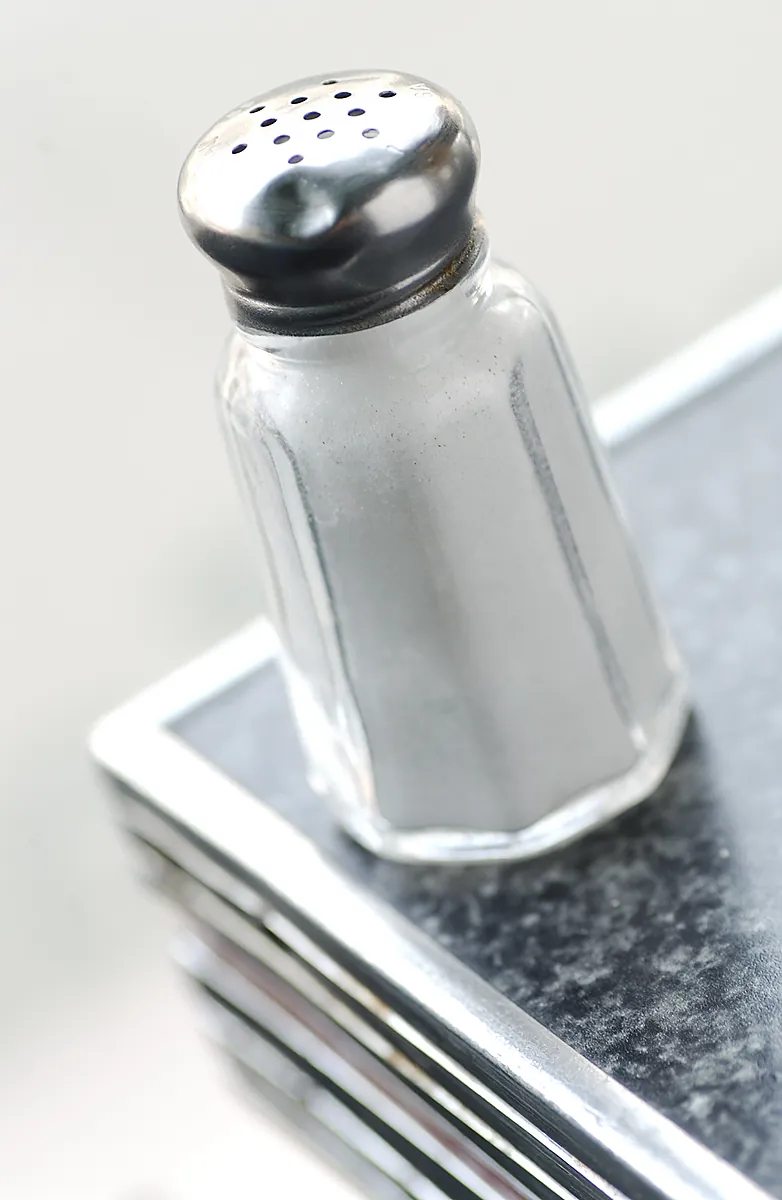
The daily recommended limit for sodium is 2,300 milligrams for the majority of individuals, but they recommend limiting sodium intake to 1,500 milligrams in some circumstances.2 You may recognize different wording that is used by the FDA when talking about sodium intake. For many vitamins, minerals, and nutrients they have a daily-recommended intake when it comes to sodium they use the word limit because our bodies need to intake very little sodium to function properly.1
The Ill Effects of Too Much Sodium
There are many negative health effects of consuming too much sodium. For starters, there are strong links between high blood pressure and sodium intake.1 High blood pressure can translate into major, even life-ending health problems. Cardiovascular conditions including an elevated risk of heart attack and stroke are influenced by high blood pressure.1 A solution to this high blood pressure problem has been to reduce a person’s intake of processed and prepackaged foods, and reduce the frequency of restaurant meals.1
A great benefit of cooking at home is being more in control of the sodium levels in food. Many people worry that in order to cut back on sodium they must completely cut out canned products that are much more cost effective to use. Although it is true that canned products can have high amounts of sodium, it’s still possible to utilize canned foods for home cooking. The most important thing to do is to read the label.
Many products are available in low-sodium or no-sodium versions. It can be a fun grocery shopping game to compare the labels of the reduced-sodium foods to that of their full-sodium counterparts. For instance, 1 cup of canned green beans has 800 milligrams of sodium, while 1 cup of reduced sodium green beans only contains 400 milligrams of sodium.3 Both contain no cholesterol, 2 grams of fiber, 2 grams of protein, and 40 milligrams of calcium.3 They taste identical as well.
The History of Sodium in Our Diets
So if sodium is a major contributor to such negative health effects, why does so much of it end up in our foods? In order to understand this, we must examine the history of sodium use in food. Historians do not know when sodium was first introduced into our diets, but they do know there is evidence of the use of salt containing nitrates in 850 B.C.4 It played the same very important role it is used, for now, to preserve foods.1,4 The process of salting meat to preserve food is known as curing, and it dates back to the time of Homer, and Greeks and Romans were known to use the process as well.4
It was discovered in the 20th century that nitrate played a key role in preserving the redness of meat, because of the inhibition of the Clostridium botulinum organism that caused the meat to gray with age.5 The main uses of sodium have not changed through all this time. It is still used to preserve foods, to enhance flavor, and to improve the appearance of processed foods.1 When foods of today are processed they sometimes pick up unusual tastes that, as consumers, we might not like. These bitter and off tastes can be mitigated by the taste of salt.1 Sodium can also increase the shelf life of foods, and prevent bacteria from growing.1 Appearance-wise it can help to restore appetizing colors that may be lost during the processing of foods and it can stabilize textures that may otherwise change over time.1
If you want to avoid excess sodium in your diet, there are a few huge culprits to watch out for that you may not think of. The American Heart Association recommends people check labels to find low-sodium options for breads, rolls, cold cuts and cured meats (such as deli meats), and premade soups.6 They also recommend avoiding many poultry products due to increasing sodium content with certain preparation methods.6 Lastly, pizza and sandwiches can quickly add up to more than the recommended daily limit for sodium intake.6 In pizza, the bread and cheese are the major culprits. Try a flatbread with less cheese and more veggies to reduce sodium levels on this favorite. With sandwiches, it’s not only the bread and cheese but also the deli meat. They suggest half a sandwich with a side salad, or you can skip the cheese, half the meat, and add extra veggies.6 With either option your blood pressure and heart will thank you for it.
References
- Get The Facts: The Role of Sodium in Your Food. Centers for Disease Control. CDC. June 2012. Web. 30 November 2015.
- Scientific Report of the 2015 Dietary Guidelines Advisory Committee. USDA. Department of Health and Human Services. February 2015. Web. 30 November 2015.
- Calorie King. Calorie King Site. 2015. Web. 30 November 2015.
- Meat Curing. Frederick K. Ray. Oklahoma Cooperative Extension Service. n.d. Web. 30 November 2015.
- Historical Origins of Food Preservation. Brian A. Nummer. National Center for Home Food Preservation. May 2002. Web. 30 November 2015.
- The Salty Six- surprising foods that add the most sodium to our diets. Suzie Sodium. American Heart Association. 7 October 2014. Web. 30 November 2015.
5 Foods to help Replenish your Moisture
By Angela C Torrence, ASU Nutrition Student
Summer is around the corner; Arizona will be hot. As a result, do you feel the need to constantly battle dehydration? After moving west, I had to figure out what I could do to keep myself from feeling dry all the time.

One of the first critical moves was to carry a water bottle with me at all times. While water is a necessary part of staying hydrated, food has to become a part of the equation too, especially when you live in the dry West. The following foods are examples of hydrating foods which should become a part of your water-rich diet.
- Celery – Low in calories and high in fiber, celery is about 95 percent water. It can be a great and easy snack which adds water to your body!
- Watermelon – According to Live Science Contributor, Jessie Szalay, watermelons are roughly 92 percent water with a good amount of electrolytes to help keep you hydrated.
- Coconut water – An excellent fluid to hydrate and replenish electrolytes and potassium, keep your coconut water unsweetened to reduce excess sugar. Coconut water is good to help prevent muscle spasms and cramps as it helps to improve nervous system function too.
- Aloe Juice – Anti-inflammatory, aloe juice is mostly water with great hydrating properties. It can help promote digestive health and improve the appearance of skin.
- Chia Seeds – These little seeds can absorb about 10x their weight in water and can help prolong hydration by holding onto water and electrolytes. You should pre-soak the chia before consuming in order to keep the hydrating properties. Naturally high in omega 3s and soluble fiber, this superfood can be a great addition to your diet!
While nothing can replace water, these foods can help supplement your body’s hydration and help you keep your moisture.
The Wonderful World of Carrots
By Angela Torrence, ASU Nutrition Student
October through February is prime carrot season in Arizona, so don’t hesitate to get out those carrots and use them to your heart’s content! Despite the cooler weather season of carrots, you can have access to them year-around thanks to our abundant produce aisles in the grocery store. Carrots are a great source of vitamin A, fiber, and they provide vitamin C, vitamin K, calcium, potassium, folate, and more!
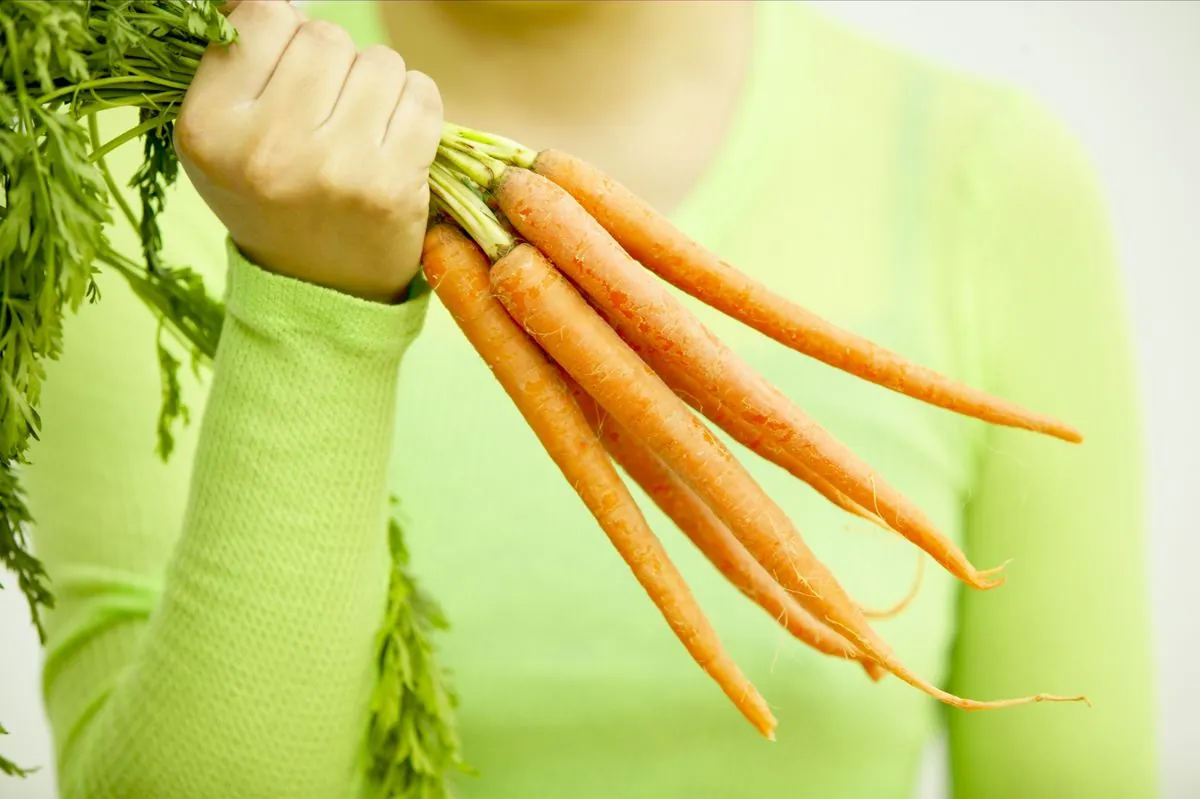
You may be familiar with the benefits that carrots can have on vision, but did you know that they are antioxidant-rich and can help prevent several forms of cancer too? This article highlights a few studies which show the advantage of consuming carrots in the battle against several types of cancer.
If you’re like me, you love carrots: raw, cooked, juiced…it’s all amazing! I recently bought a huge bag of carrots and didn’t nearly eat them as quickly as I should have. Sound familiar? On my day off, I came up with a few ways to use the carrots before they went bad.
Tips for Having Loads of Carrots in Your Diet
Carrot Apple Ginger Juice – To feel refreshed and rejuvenated.
I was able to contribute the carrot and ginger pulp from the juice into this carrot-ginger dressing for one amazing salad!
Dessert is the most fun meal of the day and so I decided to make my carrots into an Indian-inspired sweet snack:
Carrot Sweet Snack
- Peeled and sliced carrots about ¼” rounds
- Coconut oil
- Cinnamon
- Dash of ground coriander
- Hint of ground cardamom
Sautee carrot slices in the coconut oil and add spices about 8-10 minutes or until softened but not mushy. If you need some added sweetness, you can add a pinch of sugar or a nice spoonful of applesauce. Enjoy warm!
To make this carrot dessert a masterpiece, a small dollop of banana ice cream over the top is delicious!
When I have an abundance of any of these ingredients, I love to simply roast them and have a great side dish. You can alter the amounts or eliminate any of the ingredients.
Roasted Root Vegetables
- 5 Carrots
- 3-4 Parsnips
- 2 Potatoes
- 1 Large Sweet Potato
- Enough oil to lightly coat the vegetables (olive or canola)
- Salt and Pepper
Preheat oven to 375 degrees.
Peel and chop the vegetables into ¾ inch pieces (try to keep the vegetables roughly the same size).
On a large baking sheet, toss vegetables with oil and add pepper generously. Spread in a single layer and bake for 50-70 minutes, tossing the vegetables once or twice until all the vegetables are soft. Season with salt to taste.
For variety:
- You might add quartered Brussel sprouts or cooked beets if you have them on hand.
- Toss vegetables in either rosemary, thyme, or parsley for some added savory flavor.
Yum! Gluten-Free Almond Muffins made with Coconut flour
By Lisa Kaschmitter, Arizona State University Nutrition Student
For those sensitive to this duel protein, gluten has become a feared substance around the country and here in Arizona over the past few years. Gluten is a part of most people’s diet as it is found in wheat, barley, and rye. But a sensitivity that ranges from a slight intolerance to a severe form, Celiac Disease, is found in an estimated 1 out of 100 people throughout the world. However, many of those affected will remain undiagnosed.1 Gluten-free requests have become so common that many ready-to-eat food manufacturers and restaurants have begun carrying and labeling gluten-free items.
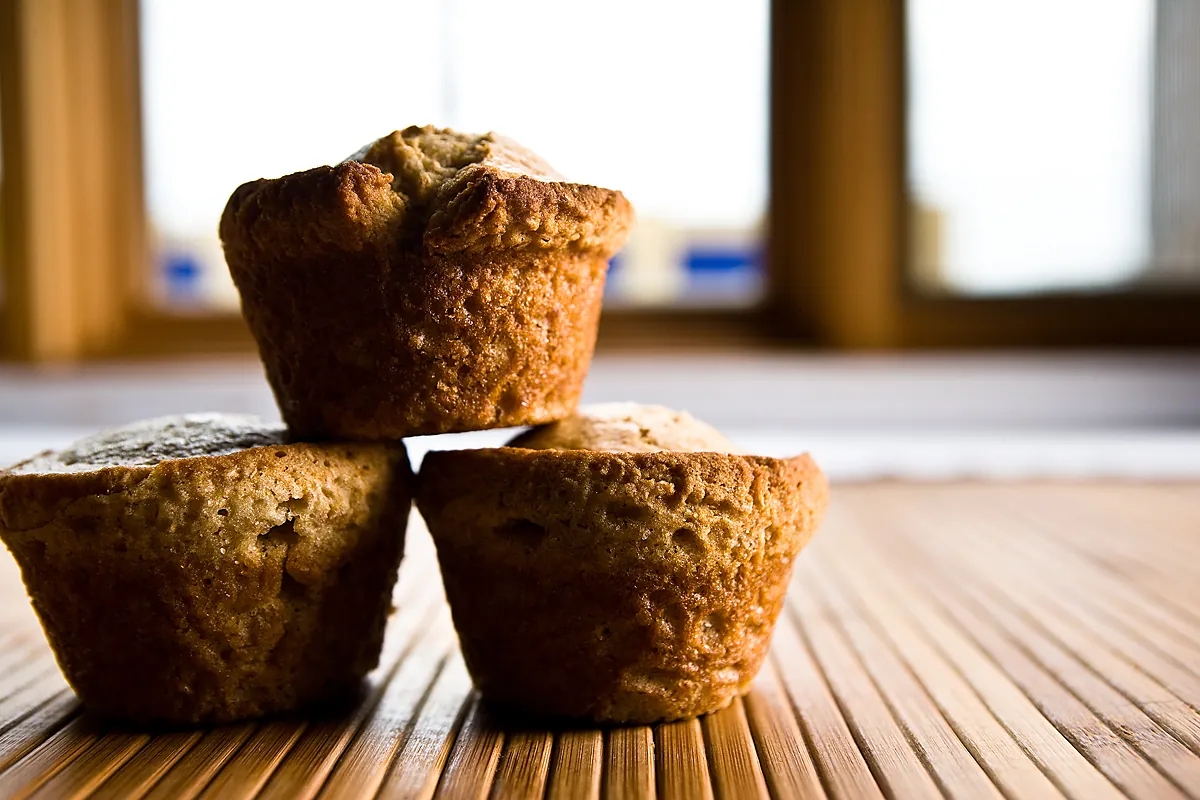
For reference, gluten is simply a substance naturally found in most cereal grains. This mixture of two proteins is what creates the elasticity texture in dough. The protein is found in the endosperm in the grain seed. For some, gluten is hard to digest and can create complications.
The symptoms of Celiac disease differ between adults and children. Children with gluten sensitivities may present a range of symptoms including constipation, vomiting, chronic diarrhea, fatigue, irritability, failure to thrive, Attention Deficit Hyperactivity Disorder (ADHD), and weight loss. Adults with the disease my experience arthritis, fatigue, iron-deficiency anemia, migraines, tingling numbness in the hands and feet, and anxiety.1 Celiac.org offers many resources for those who think they may have a sensitivity to gluten.
Awareness of Celiac Disease has brought about many products that are labeled gluten-free on the grocery store shelves and restaurants. The Food and Drug Administration (FDA) beginning in August of 2014 regulated this gluten-free labeling.2 In order to use this label, a manufacturer must ensure that their products contain no more than 1/8 teaspoon of gluten per 18 slices of a loaf of bread.2
Beyond Labels, Preparing Homemade Gluten-Free Products at Home
Along with these newly labeled ready-to-eat products, there are now more ways than ever to prepare homemade goods without using products that contain gluten. There are many types of flour that have increased in popularity due to higher public awareness of gluten sensitivities. These include…
- Nut flours,
- Buckwheat flour,
- Coconut flour,
- Corn flour, and
- Others.
There are also special blends designed specifically to create results as similar to all-purpose flour as possible. Each different kind of flour presents particular tradeoffs, but if your family is affected by Celiac disease, or if you’re just ready to try something new, experimenting with these other types of flour can be a rewarding experience.
Personally, I have family members and friends who require gluten-free diets, so as my baking season gets into full swing, (October-January), I have been excited to try my hand at gluten-free baked goods. I stumbled upon a bag of coconut flour at the grocery store one day, and without much research I bought it. After bringing it home, I started experimenting. There are many recipes out there that are designed to use coconut flour, but I had a favorite Almond Muffin recipe from Baker Street in mind. (You can find the original here http://bakerstreet.tv/2011/06/muffin-monday-almond-muffins/)
The original recipe calls for all-purpose flour, but I modified the muffin batter recipe to the one that came with the bag of coconut flour. Coconut flour is more dense and absorbent than traditional flours, so it requires a very different ratio of liquid to dry ingredients than is found in many recipes.
Here is what I came up with:
Coconut Flour Almond Muffins
Makes 12 muffins
- 6 medium eggs, beaten
- ¾ cup milk
- ½ cup olive oil
- ½ teaspoon almond extract
- 1-cup coconut flour
- ½ cup sliced almonds
- ½ cup sugar
- 3 teaspoons baking powder
- ¼ teaspoon cinnamon
- pinch of salt
Instructions
- Preheat oven to 350 degrees.
- In a bowl, mix together dry ingredients. (Flour, almonds, sugar, baking powder, cinnamon, and salt.)
- In a separate bowl, mix together wet ingredients. (Beaten eggs, milk, olive oil, and almond extract).
- Make a well in the center of the bowl with dry ingredients. Add the wet ingredients. Gently mix until the mixtures are just incorporated together, be careful not to over mix.
- Divide muffin batter into 12 lined cupcake papers.
- Bake for 25 minutes or until tops are golden.
- Remove from pan and let cool on a rack.
My whole house was filled with the smell of almonds as these baked. As soon as they came out of the oven, I couldn’t resist breaking one of these in half and trying it. Although I burned myself, (I recommend letting them cool a little!), I was immediately struck by the delicate coconut flavor this flour added to the already delicious almond batter; even my picky husband liked these better.
These gluten-free muffins are a yummy addition to your breakfast table, but I have to say, my favorite thing about these muffins is how packed full of protein and fiber they are. Here is the nutritional breakdown*:
| Traditional Almond Muffins | Coconut Flour Muffins | |
| Calories | 181 | 186 |
| Carbohydrates | 21 g | 17.3 g |
| Fiber | .75 g | 5.6 g |
| Protein | 3 g | 6.6 g |
| Fat | 10.33 g | 13.3 g |
| Sodium | 14.9 mg | 28.25 mg |
*per 1 muffin
Honestly, this recipe is great for those who need to stay away from gluten, but it tastes so good you will have everyone in the family excited to eat them. Even better, you’ll be able to feel good knowing that a couple of these for breakfast or a snack are a tastier and healthier alternative to the traditional muffin.
Go to Fillyourplate.org to find other gluten-free recipes and all sorts of baking recipes.
References
- What is Celiac Disease? Celiac Website. https://celiac.org/celiac-disease/what-is-celiac-disease/ Accessed October 12, 2015.
- Facts About the FDA Gluten-Free Labeling Rule. Celiac Website. https://celiac.org/celiac-disease/resources/fast-facts-fda-gluten-free-labeling-rule/ Published August 5, 2014. Accessed October 12, 2015.
Let’s Talk About Turmeric
By Veronica De Lira, ASU Nutrition Student
Turmeric is a super food that is a fantastic, flavorful addition to our daily meals. The health benefits are endless and should definitely be used more often. So here is a little more about the completely underused spice known as Turmeric.
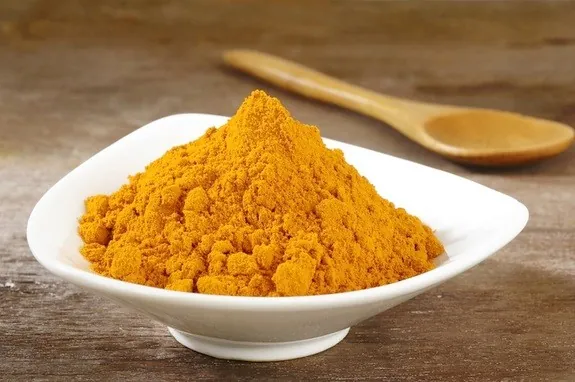
Background
Turmeric is an old spice that has been around for 4,000 years, according to umm.edu.1 According to turmeric.co.in, it was actually early in 3000 B.C. when it was cultivated by the Harappan civilization.2 Its long life makes sense when according to livescience.com turmeric has been used for thousands of years as a medical treatment in Chinese and Ayurvedic traditions as well as Indian religious ceremonies.3
According to turmeric.com, turmeric is actually considered part of the ginger family, they also explain that roughly 90% of all turmeric production is based in India. 2
Health Benefits and Characteristics
Turmeric has many positive benefits on the body. Livescience.com states, “turmeric contains vitamin C, calcium, fiber, iron, and potassium” those are just the beginning of the nutrients.”3
Turmeric is a good antioxidant. Umm.edu cites turmeric as being a beneficial aid in diseases like cancer, infections, inflammation, and other health problems. 1
According to umm.edu, turmeric may also be used to prevent blood clots.1
Based off the positive buzz and encouraging feedback turmeric is constantly being studied to help provide us with more information on its benefits as well as other ways it can be incorporated to better our lives.
It is golden brown in color. (See photo) Or looks like a root when freshly picked.
It is possible to plant and grow your own turmeric.
What Can I Add Turmeric Too?
One of the easiest ways I have found to cook with turmeric is to buy the spice and use it in your favorite recipes or new ones. A bonus perk of the spice is that it allows you to be creative. Add turmeric to:
- Cooking oil
- Soups
- Drinks
- Use it as a seasoning for meats or vegetables (I like to sprinkle a little on steaks)
- Potato or macaroni salad
Turmeric, when used, gives off a yellow color like mustard so do not be alarmed if you notice a color change.
Recipe to try
Here is a simple turmeric recipe to try out by Bobby Flay from foodnetwork.com
Oven Roasted Cauliflower with Turmeric and Ginger
Ingredients
3 tablespoons vegetable oil
- 1 tablespoon black mustard seeds
- 1 jalapeno, finely diced
- 1 tablespoon grated fresh ginger
- 1 teaspoon turmeric
- 1 head cauliflower, cut into florets
- Salt To Taste
Directions
Preheat oven to 425 degrees F.
Whisk together the oil, mustard seeds, jalapeno, ginger, and turmeric in a small bowl.
Place cauliflower in a medium baking dish and toss with the flavored oil and season with salt. Roast until lightly golden brown and just tender, 20 to 25 minutes. Serve hot.
References:
1.”Turmeric.” University of Maryland Medical Center. Web. 20 Sept. 2015. https://umm.edu/health/medical/altmed/herb/turmeric
- Cox, Lauren. “What Is Turmeric?” LiveScience. TechMedia Network, 6 Dec. 2013. Web. 21 Sept. 2015. http://www.livescience.com/41760-turmeric-supplement-facts.html
- “Turmeric.” Turmeric the Golden Spice of Life. Web. 20 Sept. 2015. http://www.turmeric.co.in/turmeric_facts.htm
- “Oven Roasted Cauliflower with Turmeric and Ginger: Bobby Flay : Food Network.” Oven Roasted Cauliflower with Turmeric and Ginger Recipe: Bobby Flay : Food Network. Web. 20 Sept. 2015. http://www.foodnetwork.com/recipes/bobby-flay/oven-roasted-cauliflower-with-turmeric-and-ginger-recipe.html
30 Ways to Use Nuts
By Angela C. Torrence, RDH and nutritionist
Some people have a negative opinion of nuts due to their higher fat content but the truth of it is, nuts provide a great source of fiber, vitamins and minerals, plant proteins, and unsaturated fatty acids. In fact, there is evidence to suggest that nuts help curb your appetite which may compensate for the higher fat content especially when they are eating them as a snack. One recent study put out by The American Journal of Clinical Nutrition examined 27 different studies related to nut consumption in its relation to ischemic heart disease (IHD) and diabetes. The study reported that consumers who had four weekly servings (28.4g/1 oz) of nuts had a significantly lower risk for fatal and nonfatal IHD and had a significantly reduced risk for diabetes.
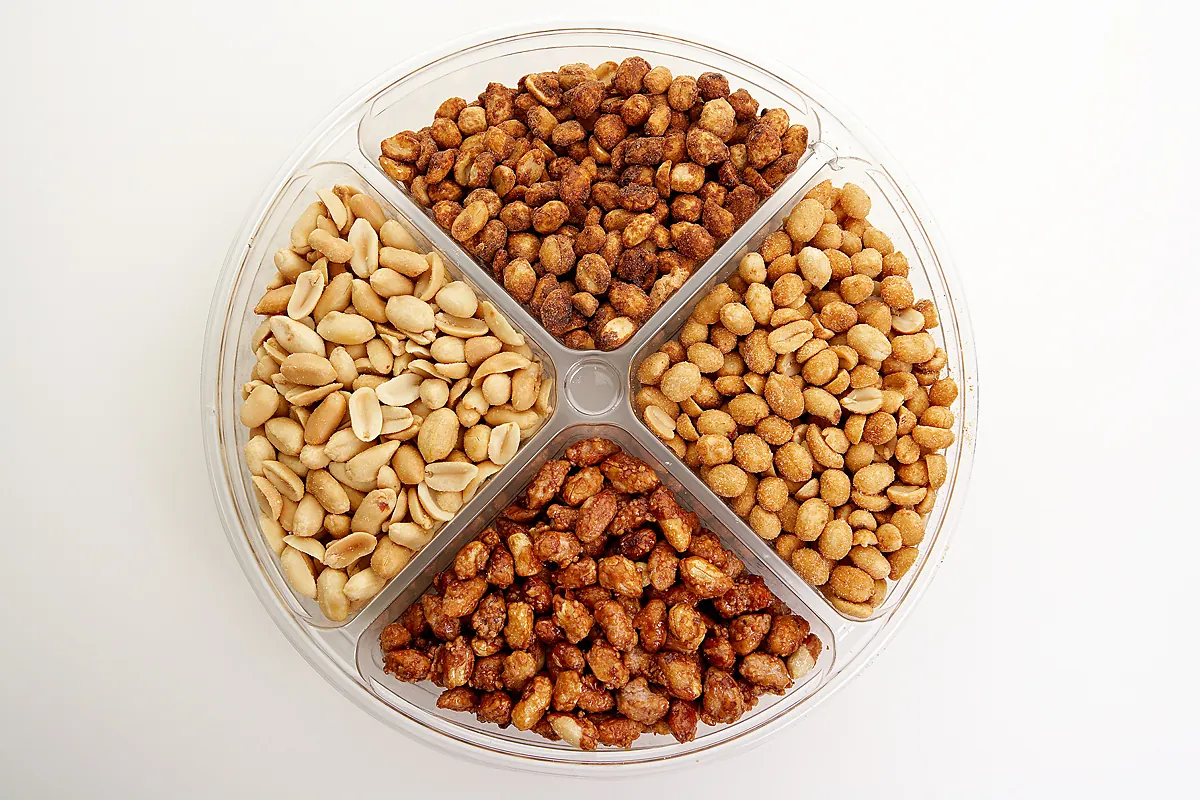
One interesting note about nut consumption is that preparation of nuts impacts the way the nuts are processed in the body. A second study put out by The American Journal of Clinical Nutrition reported that if your main concern with eating nuts is to hold you over and stave off hunger, then eating nuts whole is the best way. On the other hand, if you are trying to maximize nutrient intake, then chopped, sliced, or ground nuts are best. The study mentioned that the breakdown of peanuts in the stomach differs based upon the cooking technique. For example, disintegration rates going from fastest to slowest are as follows: fried, roasted, boiled, and raw.
While it may not make up a major part of your nutrition, nuts should definitely be included in your well-balanced diet. Here are 30 ways to include nuts into your life. Enjoy!
Basics and Nut Staples
- Nut Milks
- Nut Butters **amazing!
- Fresh Basil Pesto
- Not-So Cheese Sauce *one of my favorite go-to recipes
- Savory or Sweet Cashew Cream
Snacks
- Guinness Beer Nuts
- Sweet, Salty, Spicy Party Nuts
- Spiced Glazed Nuts and Pretzel Mix
- Maple Rosemary Cocktail Nuts
- Chocolate Peanut Butter Swirl Bark
Breads
Soups and Meals
- Raw Zucchini Lasagne: vegan
- Mast’o Khiar – Persian Cucumber and Walnut Soup
- Cold Garlic Almond Soup with Coriander and Lime
On the Go
Desserts
- Raw Apple Pie *I love to make this
- 5 Minute Raw Chocolate Tart
- Poteca Nut Roll
- Cowboy (chocolate chip) Cookies
- Russian Tea Cakes
- Cinnamon Pecan Rolls
- Peaches with Vanilla Ginger Cashew Cream and Pistachios
- Chunky Cinnamon Nut Ice Cream
Crafts
- Holiday Nut Wreath
- Mice Pinecone Friends (ornaments)
- Leaf and Nut Mobiles *great activity for kids to help with
So, it’s easy to incorporate nuts into your diet. For healthy recipes, go to Arizona Farm Bureau’s Fill Your Plate.
Get to know Farro
By Veronica De Lira, Nutritionist
Super foods, the term that often signifies food that offers all the proper nutrients and vitamins and is all around beneficial to your health. Usually when people hear the term “super food” one thinks of the usual candidates such as avocados, chia, quinoa, broccoli, and berries. In fact, Fill Your Plate regularly features some of these super foods because our readers are asking about them.
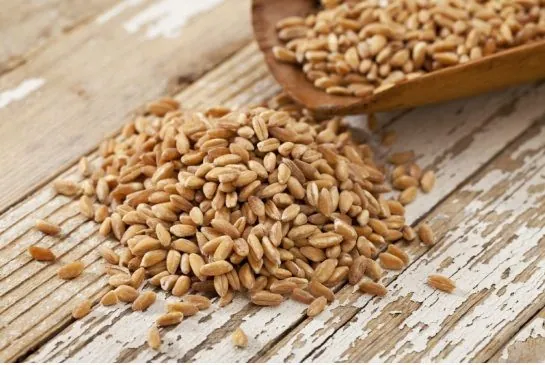
But, we may have a new one for you that you possibly haven’t heard about, until now. For those that have, it’s getting a lot of attention, “Farro.” Farro is already being considered the next big super food that should be on you radar.
Backgrounder on Farro
The ancient wheat variety, Farro, has been a staple in Italy for a long time. About 2,000 years long according to rachelraymag.com but it’s slowly finally making a name for itself here in North America.
This grain is a food composed of the grains of certain wheat species, according to Wikipedia. Like most grains, it’s sold dry and when preparing to cook it, it’s soaked in water until soft. While you can eat it plain, Farro is often added to salads and soups.
Additionally, many Foodies remind us that Farro is not Spelt. And it isn’t, but those unfamiliar with these ancient grains may think they are interchangeable. They are not, according to the food experts.
Farro’s Health Benefits
Farro is a useful grain that not only is great for dishes it bolsters favorable benefits for ones health. It’s super food qualities come from the fact that it is loaded with beneficial nutrients. According to corepreformance.com Farro has plenty of fiber, protein, magnesium, and zinc. If that does not convince you enough coreperformance.com also states how Farro has been associated with helping increase immunity, lower cholesterol, and balance blood sugar levels. The bonus part is when it comes to calories Farro is a great option according to rachelraymag.com.
How do I cook Farro?
Much like the grain Quinoa, for best taste it is important to cook it before use. According to drwell.com there are three grades that Farro comes in long, medium, or cracked if you want to maintain the freshness it is best you grind it. The cooking process is very similar to Quinoa and in my opinion very simple. Much like when you cook Quinoa it is very important for taste that you rinse the Farro before use.
Step One: Pour the ground Farro into sauce pan.
Step Two: Add water into Farro (at least 2 cups)
Step three: Boil on low heat till all water is absorbed
This may take 30- 40 minutes to be properly boiled.
What can I use Farro for?
When it comes to Farro there are a number of ways to incorporate it into your favorite recipes as it can be used for:
- Risotto
- Soups
- Pasta
- Salads
- Pilaf style dish
- Yogurt
- Breakfast bowl
Disclaimer like all wheat-based products if you have a problem with wheat this may not be the choice for you.
Recipe to try
Here is a tasty simple Farro recipe by Melissa Clark from cooking.nytimes.com to get you acquainted with cooking with Farro.
Charlie Birds Farro Salad
INGREDIENTS
- 1 cup farro
- 1 cup apple cider
- 2 teaspoons kosher salt, more as needed
- 2 bay leaves
- 8 tablespoons extra-virgin olive oil
- 2 tablespoons fresh lemon juice
- 70 grams Parmesan cheese, shaved with a vegetable peeler (1/2 cup)
- 70 grams chopped pistachio nuts (1/2 cup)
- 2 cups arugula leaves
- 1 cup parsley or basil leaves, torn
- 1 cup mint leaves
- ¾ cup halved cherry or grape tomatoes
- ⅓ cup thinly sliced radish
- Maldon or other flaky sea salt, for finishing
Step 1: In a medium saucepan, bring farro, apple cider, salt, bay leaves and 2 cups water to a simmer. Simmer until farro is tender and liquid evaporates, about 30 minutes. If all the liquid evaporates before the farro is done, add a little more water. Let farro cool, and then discard bay leaves.
Step 2: In a salad bowl, whisk together olive oil, lemon juice and a pinch of salt. Add farro, cheese and pistachio nuts and mix well. This salad base will keep for up to 4 hours at room temperature or overnight in the refrigerator (bring to room temperature before serving). Just before serving, fold in arugula, herbs, tomatoes, radish and flaky salt to taste.
Ultimately, Farro is another quality grain option for you to cook with. And since variety is the spice of life it helps to have discovered another grain to liven up your salads, soups and other cooking options.
For more recipes provided by our Arizona farmers and ranchers that include grains go to Fill Your Plate. You might consider Farro as a substitute grain in some of the recipes we offer on the web site. Or remember, if you’re using one of the salad or soup recipes on Fill Your Plate, you might consider adding Farro even if the original recipes doesn’t call for it.
Picture Credit
Asimos, R. (2015, April 3). Vendredi Vocab: Farro – sonoma figbits. Retrieved September 20, 2015, from http://sonoma-figgirl.com/2015/04/03/vendredi-vocab-farro/
What’s In Season in Spring?
By Lauren Scott, Arizona Farm Bureau Intern
Springtime is almost here for the rest of the country, but in Arizona, we’ve been basking in the warm weather for more than a few weeks now. As the weather warms up, new things come into season, and let me tell you, it is some of the tastiest produce produced throughout the year. For example, one of my favorite fruits, the grapefruit, comes into season in March. Some of the other tasty stuff coming into season over the next few months includes broccoli, lemons, summer squash, oranges, peaches, carrots, and peas. With all this new and fresh produce becoming available, you’re going to have to head out the grocery store and you’re local farmers market in the coming weeks to stock up!
What’s so cool is that the list of spring fruits and vegetables is endless and all Arizona grown. Yes, even the strawberries. Duncan Family Farms this year rolled out about 25 acres of strawberries under hoops. It’s the first commercially grown organic strawberries in Arizona. They will be marketed under the Dole Label. Watch for them in your grocery store with the bright orange “Arizona Grown” label.
In the meantime, you might already know what you’re going to pick up when you go shopping for these tasty foods, but in case you don’t know what you want to buy, here’s a little breakdown of some of the produce becoming available!
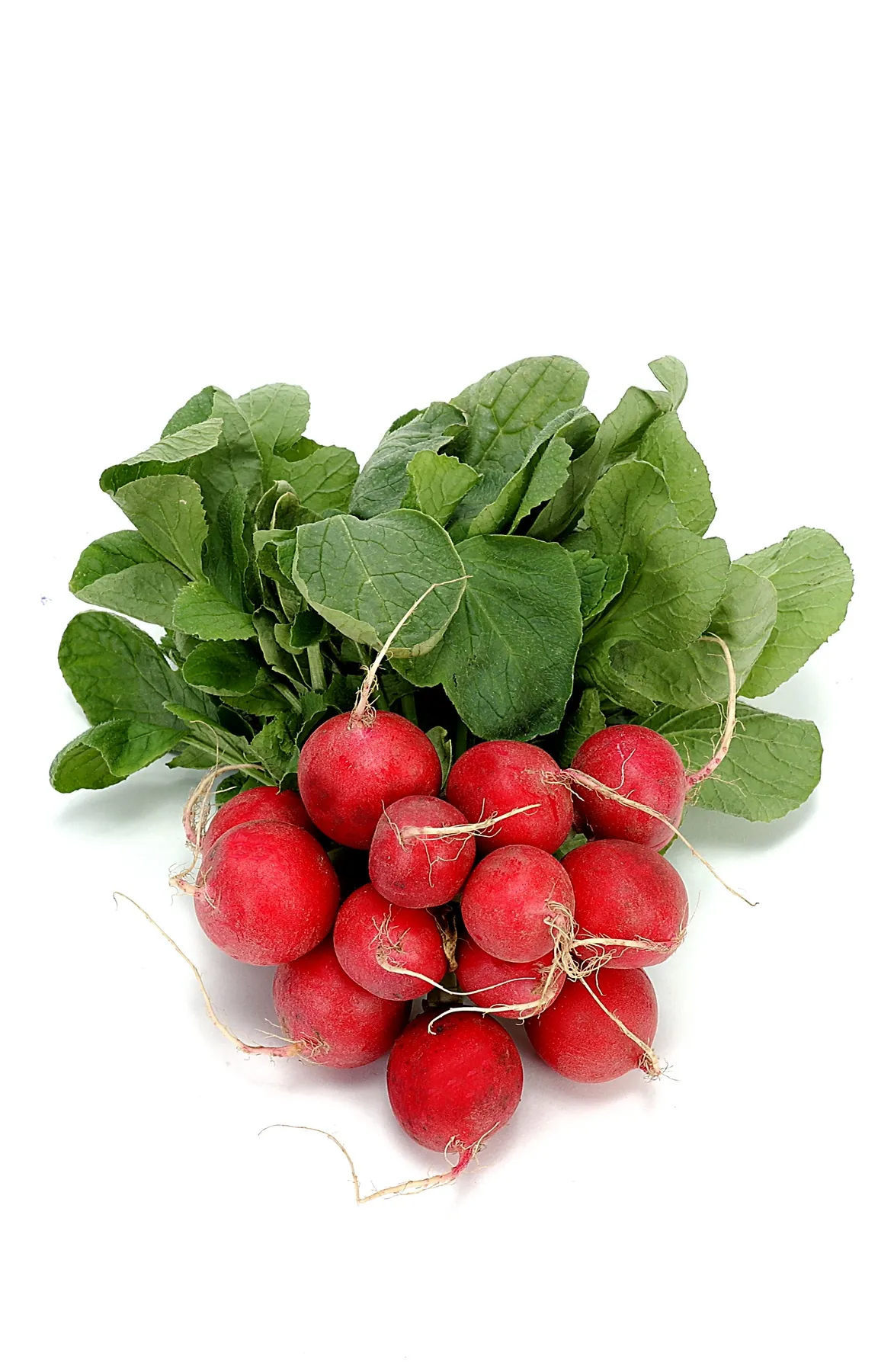
Beets: Beets are high in fiber, vitamins, and minerals. The actual beet itself contains a good amount of vitamin c, but its greens contain even more! Of course, there are many other vitamins and minerals in beets, including Vitamins A, K and E, and calcium, iron, and potassium. Beets also contain a phytochemical called glycine betaine. Glycine betaine is considered very heart healthy because it lowers the levels of homocysteine in the blood. High levels of homocysteine can lead to a stroke and coronary heart disease.
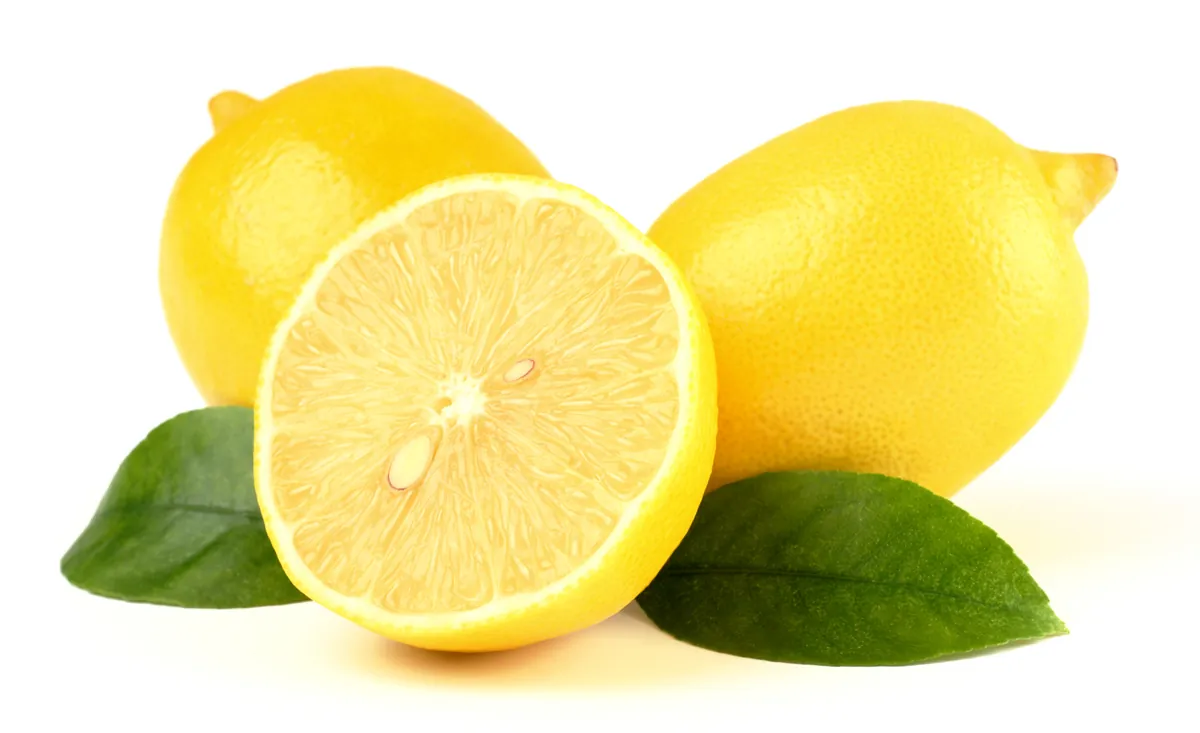
Lemons: First of all, lemons are full of, you guessed it, vitamin c! In fact, vitamin c is the most prominent vitamin found in lemons. Vitamin c is an antioxidant and helps to keep skin healthy and glowing. The citrus is also packed with vitamin A, calcium, iron, and magnesium. On top of that, lemons are super low in calories.

Strawberries: Everyone loves strawberries! They are, like much of the other produce on this list, packed full of vitamin c. There is so much vitamin c in strawberries that a serving of the little red fruits will give you 160% of the Recommended Daily Value. Strawberries also contain vitamins and minerals like manganese, riboflavin, iron, and vitamin E.
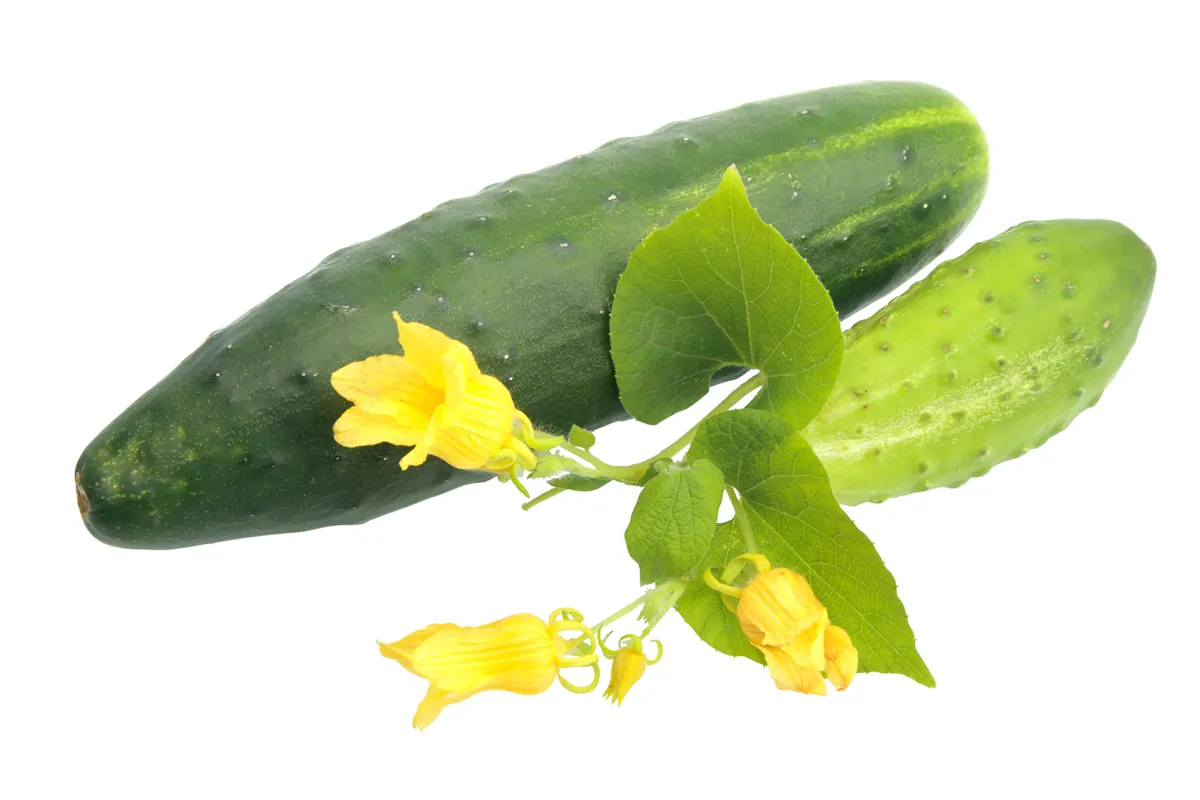
Cucumbers: Cucumbers are all-the-rage for being healthy, and the hype over them has a strong foundation. They are a vegetable with a very low-calorie count and are full of vital vitamins and minerals including potassium, calcium, zinc, vitamin K, vitamin A, vitamin C, riboflavin, phosphorus, iron, manganese, and magnesium. There are many antioxidants in cucumber, also, like vitamin C, B-carotene, and A-carotene.
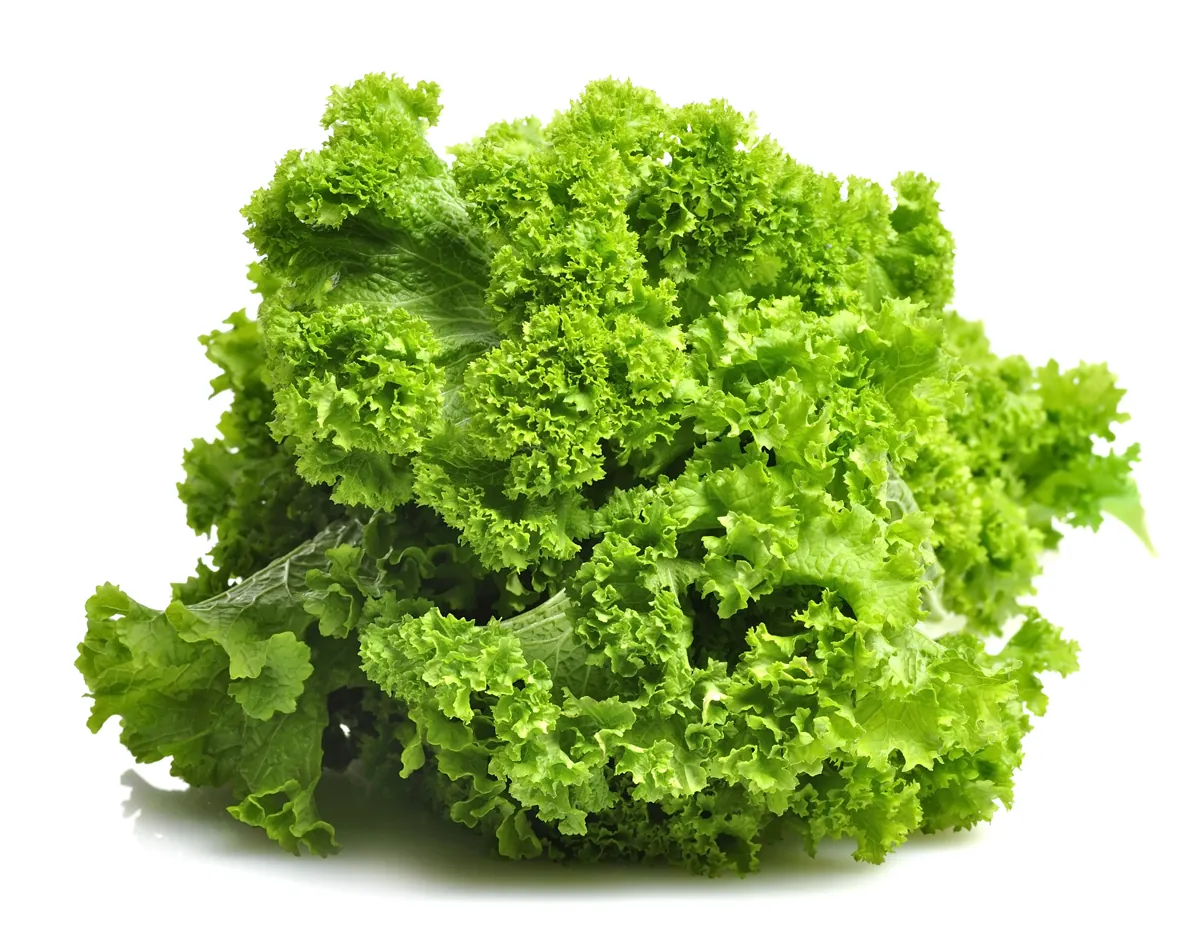
Lettuce: So much lettuce is grown in Arizona that it is very easy to get your hands on some! It is a great addition to many dishes, or can just be used for a quick salad. Lettuce is seriously low in calories, and packed with vitamin K. It is also full of vitamin C, and vitamin A. Fresh lettuce also contains manganese, zinc, iron, copper, and calcium among many other vitamins and minerals.
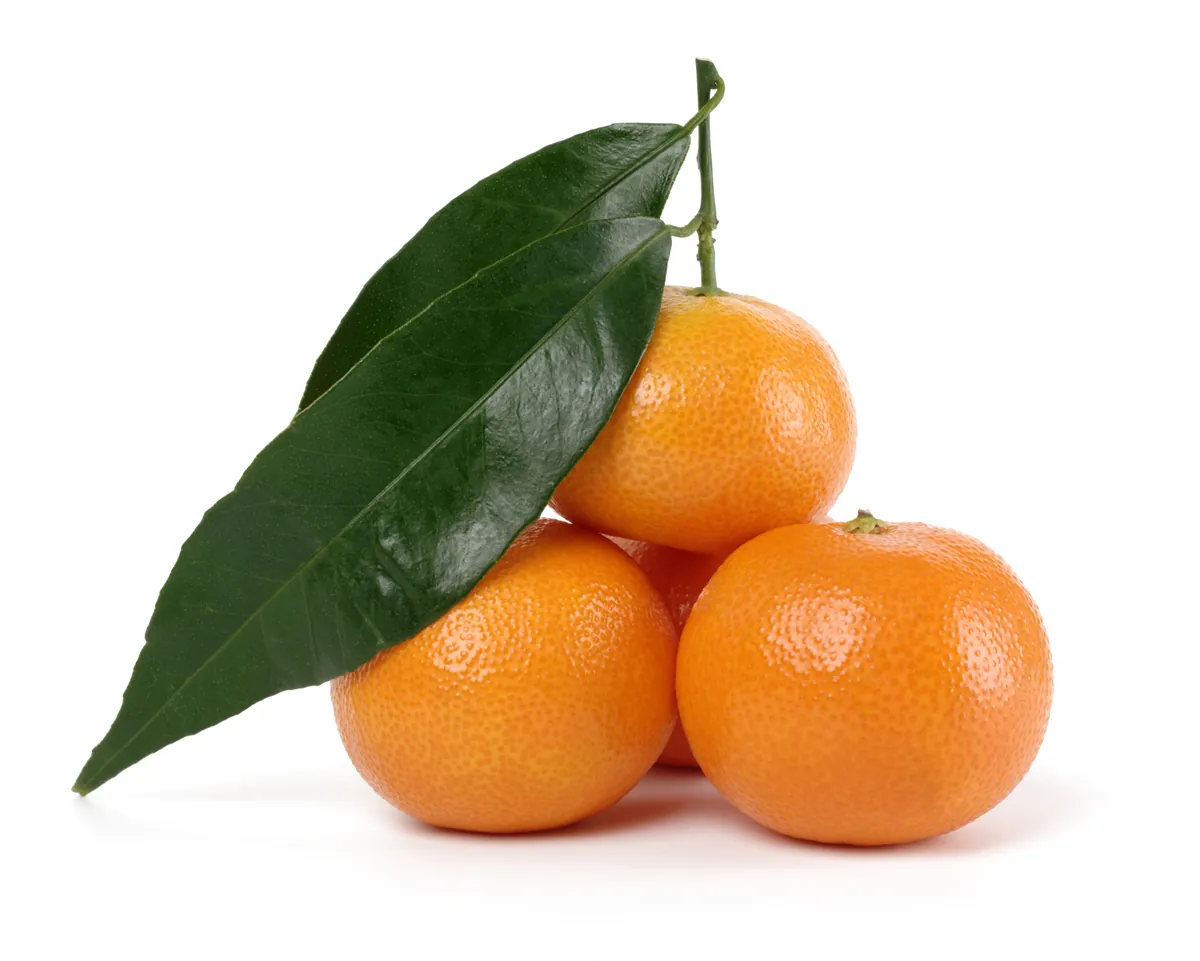
Oranges: Like lemons, oranges are full of vitamin C. A serving of oranges provides about 90% of the Recommended Daily Value of vitamin C. Oranges also have quite a bit of pectin in them, which is a fiber. It helps to keep the colon clean and it can protect against colon cancer and high cholesterol levels. Vitamins A and E are found in oranges, as well as calcium, magnesium, and copper.

Broccoli: Like many that came before it on this list, broccoli is a great source of vitamin C. In fact, a serving has 149% of the Recommended Daily Value. As you know, vitamin C is a powerful antioxidant, and because broccoli contains that and vitamin A, it is an antioxidant rich food. Broccoli becomes more beneficial to health after you see that it also contains iron, copper, manganese, vitamin K, zinc, and riboflavin.

Carrots: Carrots are high in vitamin A and carotenes, which serve to maintain eye health and promote growth. Carrots have some great vitamins and minerals in them that humans need in their diets like potassium, manganese, copper, vitamin C, vitamin K, calcium, and iron.
This season many of my favorite, and your favorite, produce items will be ripe and ready to eat. When you visit the grocery store or farmers market, make sure you know what is in season, and what you are looking to buy. Make a list of the produce your family wants for the week so you don’t buy too much and deal with spoilage before you can enjoy the produce. Also, check out Fill Your Plates ‘What’s in Season’ page to find out what other fruits and veggies will be coming into season this spring!
Easy Breakfasts Make Big Health Benefits
By Veronica De Lira, Nutritionist
Nutrition classes and health studies always make a point of stressing the importance of fiber in our day-to-day diets. In much the same vain the world famous Mayo Clinic has pointed out fiber is great for healthy bowel movements, and also aids in protecting against diseases like diabetes and heart disease.

Keeping these health benefits in mind, I like to make sure my morning breakfast is fiber friendly. What you may not realize is that fiber is found in plenty of foods and is very easy to add to any meal. An added bonus is these fiber-rich, super foods generally add a ton of flavor and color to your meal. Here are some simple tips that will help add nutrition to your breakfast while not adding any time to your busy morning routine.
My favorite list of high-in-fiber super foods that I like to play around with during the breakfast rush is a simple list of four basic foods.
- Blueberries
- Raspberries
- Blackberries
- Strawberries (In 2016, one of our produce growers has begun to grow them commercially here in Arizona!)
- Whole grain products
Then, I have my list of smart and healthy breakfast foods. This list regularly reminds me of how I can vary my breakfasts and make this meal exciting.
- Oatmeal: Quaker whole grain oatmeal with blueberries and raspberries.
- Whole grain English muffins: I add a side of my favorite berries.
- Whole grain blueberry pancakes: An easy way to spice up your pancakes.
- Smoothies: Add ice, bananas, spinach, berries, and almond milk for a refreshing and healthy drink
- Whole grain slice of toast: Add berries on the side
- Multi-grain cheerios with sliced bananas: Cheerios offers a variety of flavors to meet any individual’s taste buds, just a matter of deciding which one is for you.
These quick, easy bullets are a good reminder for any of us how worthwhile a healthy breakfast high in fiber can be for us. And children love berries! For some tips on how to get kids to eat breakfast, read How to Get Your Kids to Eat Breakfast.
Source Information: Mayo Clinic Staff. (2012, November 17). Nutrition and healthy eating. Retrieved September 4, 2015. http://www.mayoclinic.org/healthy-lifestyle/nutrition-and-healthy-eating/in-depth/fiber/art-20043983
Legumes and Nuts: The Nutrient Packed Secret
By Lisa Kaschmitter, Nutritionist
Legumes are a family of nutritious vegetables, which consists of beans, peas, nuts, and lentils. They are known for being incredibly nutrient dense, and most contain no cholesterol. They also boast high levels of potassium, iron, magnesium and folate.1 Legumes are important for any diet but have found a place of increasing importance in diets that include little-to-no meat consumption. Not only are they key to maintaining a protein-rich balance for people who do not eat meat, but they can also add a source of fat-free protein to the diets of those who do consume meat regularly.1
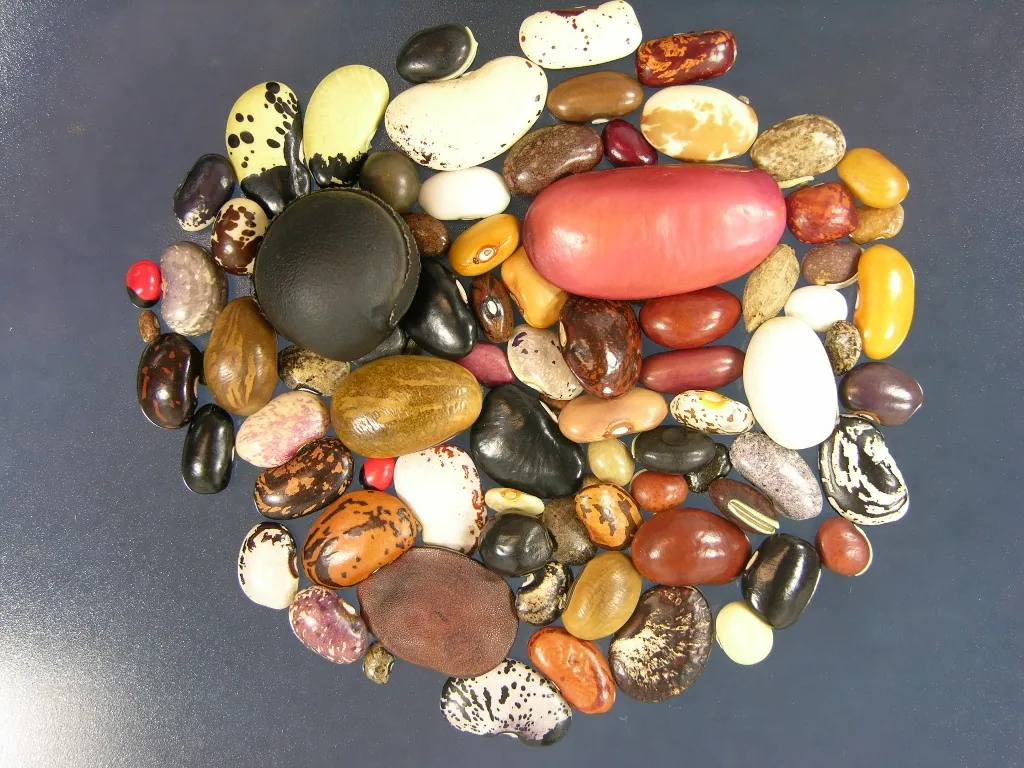
Beans
Many people attest to eating beans once in awhile. Whether it is in the form of a soup or a side dish, beans make their way onto our plates only a few times a year. There may be a reason for this, as we all know the song about beans and how it ends. In case you don’t remember it, it goes like this:
“Beans, beans, the magical fruit,
The more you eat, the more you toot,
The more you toot, the better you feel,
So let’s have beans for every meal!”
As a kid anytime beans were on the plate, this song could be heard. Surprisingly there is a lot of truth to it. Beans have amazing (some might say “magical”) health benefits, but they have also gained a reputation for causing gas. The latter part has caused many people to leave beans out of their diets on a regular basis. Unfortunately for those, this means they are also losing out on a great source of protein, fiber, and nutrients.
Beans give you gas because they contain the sugar molecule called oligosaccharides. We have difficulty digesting this molecule, and it begins to ferment in our intestines. Although this may sound like a bad thing, in truth this process helps to build up good bacteria in our guts.2 There have also been studies showing that if beans are consumed regularly this gaseous effect will minimize over time as our bodies adjust to oligosaccharides.2
One of the many highlights of the bean family is the soybean. Vegetarian diets have been utilizing this bean for years adding nutrition to their diets, however, those who have meat as a central part of their diet rarely consume it. Research conducted in countries that utilize soybeans regularly, such as China and Japan, were shown to have very healthy bones and very low incidences of osteoporosis, despite consuming relatively low levels of calcium.3 Soy also plays a role in preventing coronary heart disease and 25 grams of soy protein per day helps to lower bad cholesterol and raise good cholesterol levels.3 Also, because soy carbohydrates break down at a slow rate, they do not spike blood sugar the way other carbohydrates do.3
Peas
Snow peas, snap peas, peas in a pod, whether you enjoy them raw, steamed, or part of a yummy dinner, the addition of peas boosts the nutrition of any meal. Adding one cup of chopped raw peas in the pod to a meal adds just 41 calories, but you also get 2.5 grams of fiber, 2.7 grams of protein, 42 milligrams of calcium, and 196 milligrams of potassium!4
Nuts
Nuts are a great go-to snack food to add more protein to your diet. The main concern with many grab-and-go nut mixes is that the negative health effects of the amount of salt that is added to them can reduce the benefits. For example, one ounce of salted peanuts there is 230 milligrams of sodium, compared with 5 milligrams for the same size portion of sodium in unsalted peanuts.4 An ounce of peanuts also includes 2.4 grams of fiber, 7.3 grams of protein, 26 milligrams of calcium, and 200 milligrams of potassium.4 As long as you make sure you buy unsalted versions, nuts are a nearly perfect snack!
Lentils
Lentils can be made into delicious soups, side dishes, or an all time favorite, curry! Lentils make any meal seem hearty! They are inexpensive and relatively easy to cook, just rinse and simmer. They come in four different categories including red, brown, green, and specialty.5 Personally red lentils have always been a favorite because they make for a great presentation and they have 7 grams of fiber, 11 grams of protein, 40 milligrams of calcium, and 260 milligrams of potassium, per ¼ cup dry lentil serving.4
If you are looking to lower fat in your diet, while maintaining protein and nutrient density, legumes are sure to be a wise addition to your diet. They come in so many different varieties, that you can eat them multiple times a day and not get bored of them. This family of vegetables may be the most diverse and versatile part of the vegetable food group and for this deserves to grace our plates regularly.
References
- Beans and other legumes: Cooking tips. Mayo Clinic Staff. Mayo Clinic. 4 July 2014. Web. 29 November 2015.
- Beans and Gas: Clearing the air. Michael Greger. Nutrition Facts. 5 December 2011. Web. 29 November 2015.
- Soy and other legume nutrition towards vegetarianism. Daily Mirror. Daily Mirror. 7 November 2013. Web. 29 November 2015.
- CalorieKing Site. Calorie King. 2015. Web. 29 November 2015.
- A Comprehensive Guide to Lentils. Kiersten Frase. Oh My Veggies. 16 July 2013. Web. 29 November 2015.
Get to Know the Acai Berry
By Veronica De Lira, Nutritionist
You may not be too familiar with the Acai berry. Or, maybe you have heard it being used in a smoothie or yogurt bowl. Well here is your chance to familiarize yourself with the powerful antioxidant known as Acai Berry.
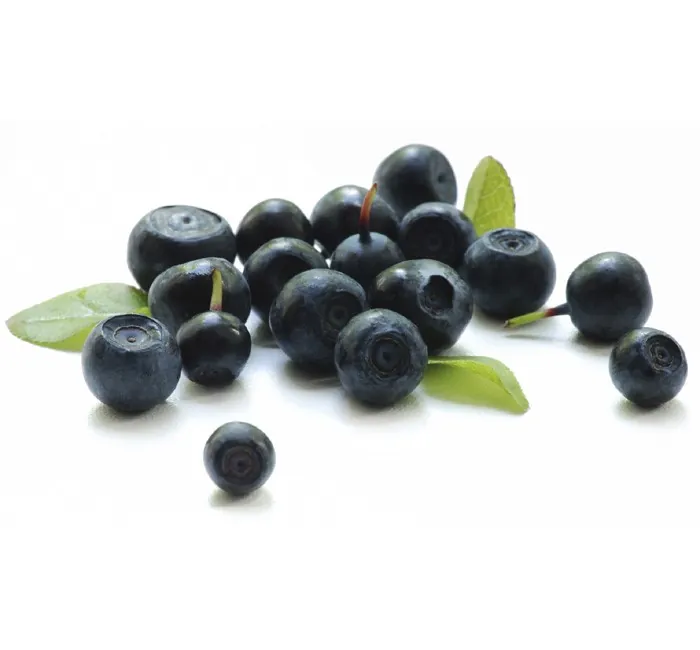
Background
According to eurobotanicals.com acai berry has been around for thousands and originates from Brazil in the Amazon rainforest, this makes for an interesting fact when only 5 years ago the berry went on the market.1 While we may use it here now the Acai berry has been praised for its medicinal purposes by many tribes for a long time. This special little berry according to eurobotanicals.com grows from palm tress and is very popular in its native territory and other locations roughly 30,000 people are employed to keep up with the demand for the berry.1 Which makes sense that people would be interested as the berry provides so many benefits for ones health.
Health Benefits
According to eurobotanicals.com acai berry is “naturally full of energy, rich in proteins, fiber, Vitamin E, minerals and Omega oils”. 1 Since acai berry is associated with many vitamins and minerals it makes sense that is has so many benefits according to eurobotanicals.com such as 1:
- Reduces bad cholesterol in blood
- Increases good cholesterol
- Controls fat in blood
- Protects the heart
- Fights infection
- Makes our immune system stronger
- Promotes higher energy levels
- Better sleep
- Fights free radicals
- Detoxifier
- Great for skin
- Improves vision
- Disease fighter
- Great source of fiber
- Great source of vitamins
How can I purchase Acai berry?
Your local market
Organic market
Some farmers markets
Also available as dried acai berry and powder form.
How do I cook with Acai berry?
When cooking with Acai berry it is usually incorporated as an ingredient in a recipe for instance a smoothie.
What can I use Acai berry for?
Here are some dishes to incorporate acai berry:
- Acai bowl
- Smoothie
- Ice cream
- Yogurt
Recipe to try
Here is a great recipe from foodnetwork.com by McKel Hill to try out. 2
Ingredients
1/2 cup unsweetened coconut milk, plus more if needed
2 tablespoons chia seeds, soaked for at least 20 minutes in some of the coconut milk
Dash cinnamon
2 heaping handfuls organic spinach
1 frozen banana
One 100-gram packet frozen organic acai berry pulp
Ice, to thicken
Directions
Add the coconut milk, soaked chia seeds, cinnamon, spinach, banana and acai berry pulp to the pitcher of a high-speed blender and process until thick and creamy. The texture should be very thick; if too thick, then add more coconut milk. If you stick a spoon into the mixture, the mixture should be able to be thick enough to stay on the spoon; if not, add ice or more frozen bananas.
Reference:
1.”HISTORY OF THE ACAI BERRY.” Eurobotanicals : Acai. Web. 5 Oct. 2015. http://www.eurobotanicals.com/acai/acai_history.html
- “Acai Berry Smoothie Bowl : Food Network.” Acai Berry Smoothie Bowl Recipe : Food Network. Web. 5 Oct. 2015. http://www.foodnetwork.com/recipes/acai-berry-smoothie-bowl.html
Are There Truly Benefits of Dark Chocolate, or are We Just Dreaming?
Lauren Scott, Arizona Farm Bureau Intern
So you’re on a health kick. Maybe you’re trying to lose some weight or maybe you’re just trying to get healthy. You’ve cut out carbs, soda, and most importantly you’ve cut out sweets; but what happens when you get that craving that you just can’t shake? You want to reach for a cupcake, but instead take the ‘high road’ and go for an apple. Then you remember the dark chocolate in your pantry.

We’ve all heard about dark chocolate at some point. ‘It’s healthier than milk chocolate’, ‘it’s nutritious’, ‘it has all kinds of health benefits’; but does it really? Is anything that we’ve heard about the sweet stuff true?
Well, in truth, dark chocolate IS considered to be way more nutritious for you than other sweet treats if eaten in moderation. It is packed full of antioxidants, fiber and minerals, and also contains iron, copper, magnesium and manganese.
Dark chocolate has been found to help with all kinds of health problems including lowering the risk of cardiovascular disease, increasing blood flow, and lowering blood pressure. There have been studies done on the benefits of dark chocolate against all three of these health problems that have proved true, but there are also some that have proved the chocolate had no effect at all.
A study done by The Journal of the American Medical Association found that dark chocolate has the potential to help lower blood pressure in some people, while another study by Mayo Clinic found that consuming dark chocolate had no effect on blood pressure at all.
In another example, The BMJ did a similar study on dark chocolate, but they took a look at its effects on heart health instead of blood pressure. What they found looks very encouraging for dark chocolate lovers! Their study showed that adults who ate certain amounts of dark chocolate were less likely to have a heart attack or a stroke compared to adults who ate no dark chocolate at all.
So it looks like research is leaning toward dark chocolate being healthier than other types of chocolate, but until studies can prove anything more, I don’t think it’s going to hurt us to continue to eat this tasty treat; and remember, check out Fillyourplate.org for some awesome recipes and more fun food information!

